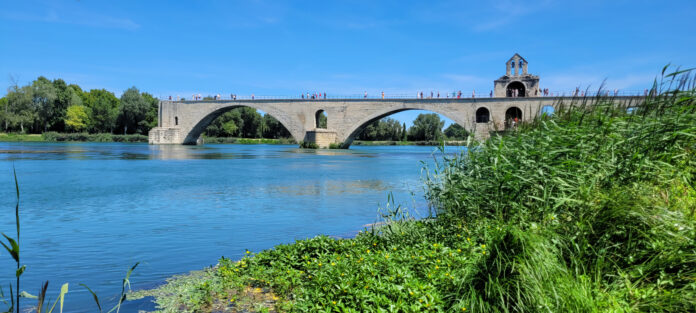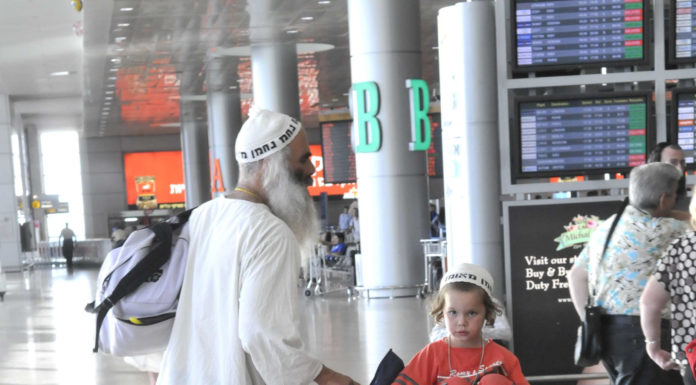Summer vacation in Britain and Europe is different from that of North America. Holidays, as the summer vacation is known in Britain, starts from after Tishah B’Av and runs until Rosh Chodesh Elul. Most Jewish businesses are partially or fully closed during these three weeks. Essential stores such as bakeries, restaurants and grocery stores do stay open. Schools and chadarim are closed during this interim season. Many families use this time to travel abroad or within the UK. Favorite destinations are the French, Austrian and Swiss Alps, Spain and elsewhere. In the UK, many families spend time in family camps that rent out college campuses for Jewish families. Some choose to vacation in Scotland, Wales or Cornwall. It is a mass exodus from the Jewish neighborhoods to anywhere with greener pastures. This setup has some merit, because it allows families to spend quality time and create memories together.
Since I like to travel and explore, I use this opportunity to travel with my family. But rather than staying in one place, I often do road trips, go camping or rent a house in a rural area to explore a geographical location. This year, we decided to explore the scenic and historical region of Provence in the south of France. I rented a villa in a small commune in Var, Provence. This area was far cheaper than the popular areas along the French Riviera. It was also the perfect location between Marseille and the Côte d’Azur, allowing me to visit both the historical and contemporary Jewish communities in Provence and beyond.
Britain is an island; there are two routes for vehicles to cross into Europe via the English Channel. One option is the Channel Tunnel, opened in 1994, linking Britain to mainland Europe by rail. Vehicles can pass through the tunnel onboard the rail service Le Shuttle. This service takes only 35 minutes. The alternative route is to take the often cheaper but longer ferry route, which takes 90 minutes. I opt to take the early morning Le Shuttle service, which would allow me to reach my destination in Southern France by evening.
Ramerupt
My first stop is Ramerupt, a medieval village about 19 miles (30 km) from Troyes, in northern France. Many baalei haTosafos lived and spread Torah from this village, including Rabbeinu Tam and his illustrious brothers. Over time, Jews were expelled from the village, and they have not been living here for hundreds of years. It is impossible to determine the exact location of the medieval Jewish cemetery. But a few years ago, a house was purchased by the Jewish Parisian community, near the location where the cemetery is estimated to have been located. The house was converted into a shul with a matzeivah erected outside in memoriam to the baalei haTosafos who are believed to have been buried here. I daven Shacharis in the fully equipped shul. After davening, I don my Rabbeinu Tam tefillin; this has a special meaning now that I am in the vicinity where Rabbeinu Tam lived, learned and was buried.
Lyon
I head further south to the French city of Lyon, a city that has a large Jewish population. I had promised my kids to stop for lunch, but it is now late afternoon and most French restaurants are closed in the afternoon until the evening. I drive slowly around the Jewish neighborhood of Villeurbanne, trying to find a kosher eatery that is open during these hours. As I wait at a traffic light, a car pulls up beside me. The driver, a young frum French Jew, asks me what I am looking for. When I explain, he offers to take me to a restaurant that is open now.
Yoni, the owner of Café Aroma, tells me that he has lived in Lyon all his life. Yoni says that although he walks around proudly with his large yarmulke, he was never a victim of an anti-Semitic attack. But as the leader of the local Jewish neighborhood watch, he had come across far too many incidents. In one case in which he was involved, a young Arab teenager attacked a Jewish boy. When the culprit was apprehended, he was questioned by Yoni about his motive. The youth replied that he felt no hate for Jews, but his older brother instructed him that he must loathe the Jews, without any logical reason. That’s why he attacked the Jewish boy.
“Interestingly, this past week we had a group of chasidim here,” Yoni says. “They stayed over Shabbos for a relative’s bar mitzvah, they wore their shtreimels and full chasidic garb. The group received no hateful comments; the local gentiles were rather surprised to see chasidim here.”
To read more, subscribe to Ami





















